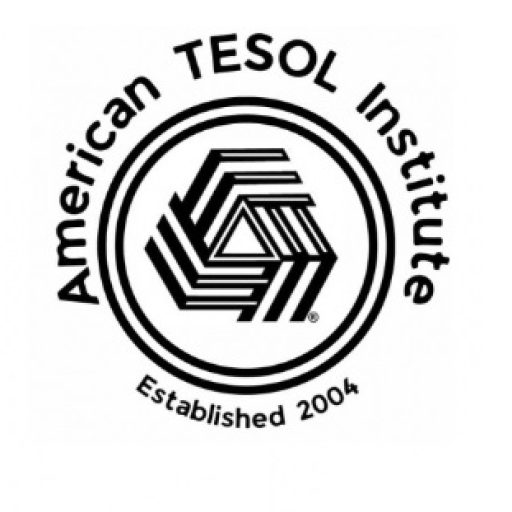In today’s fast-paced digital world, technology plays a pivotal role in education, and learning English is no exception. With the advent of tools like Snapchat Spectacles, educators and students alike can explore innovative methods to enhance language acquisition. These wearable, camera-equipped sunglasses, which capture videos and photos from the wearer’s perspective, offer unique opportunities for immersive, interactive English learning experiences.
Here’s how Snapchat Spectacles can be integrated into English language teaching (ELT) to make the process engaging and effective:
1. Real-World Contextual Learning
Snapchat Spectacles allow users to record real-world experiences hands-free, creating authentic learning materials that show language in action. Teachers can wear Spectacles during everyday activities or guided tours, recording dialogues, and interactions in real-world settings.
- How It Helps: Videos captured through Spectacles provide students with natural language examples, including slang, intonation, and idiomatic expressions. This is especially useful for teaching English in context, beyond textbook examples. Students can see how native speakers use language in everyday situations, helping them grasp language nuances.
2. Interactive Storytelling
One of the key features of Snapchat Spectacles is their ability to capture short, engaging videos from the first-person perspective. This is ideal for storytelling activities, where students can narrate what they see, describe actions, or express their thoughts and emotions in English.
- Activity Idea: Have students wear the Spectacles during a trip or a class activity. Afterward, they can create a story by narrating their experience in English, helping them practice verb tenses, descriptive vocabulary, and speaking fluency. Teachers can also use the videos as prompts for writing assignments or group discussions.
3. Enhanced Speaking Practice
For language learners, practicing speaking is crucial, but it can also be intimidating. Snapchat Spectacles help students record their surroundings and provide voice-over commentary, allowing them to practice English speaking in a less pressured environment.
- Activity Idea: Assign students to walk around their neighborhood, record what they see, and describe it in English. This can be expanded to specific language targets such as prepositions of place (“The tree is next to the house”) or practicing verb tenses (“I am walking to the store right now”). The students can review their recordings later, reflect on their language use, and make improvements.
4. Immersive Learning Experiences
By integrating real-life visuals with language learning, Snapchat Spectacles can create immersive language learning experiences. Educators can design virtual tours or language-focused scavenger hunts where students watch videos captured through the Spectacles and interact with the content.
- Activity Idea: Teachers can use Spectacles to record visits to landmarks or cultural events, narrating as they go. Students can then watch these videos and complete related tasks such as vocabulary quizzes, comprehension exercises, or even role-play scenarios where they respond as if they were part of the event.
5. Promoting Collaborative Learning
The collaborative nature of social platforms like Snapchat makes it easy for students to share their experiences and learn from each other. Spectacles allow students to work on group projects, where they can record videos, add captions in English, and share their creations with their classmates for feedback.
- Activity Idea: Have students work in groups to create a video series about a specific topic—like giving a virtual tour of their favorite place. Each group can use Spectacles to record their segment, then compile the videos into one collaborative project. This encourages teamwork while allowing students to practice English speaking, listening, and comprehension skills in a creative and engaging way.
6. Multimodal Learning for Different Learners
Snapchat Spectacles support multimodal learning, which appeals to different learning styles—visual, auditory, and kinesthetic. Learners who benefit from seeing, hearing, and doing will find these recordings particularly engaging and effective.
- How It Helps: Visual learners can follow along with what they see in the video, while auditory learners focus on the spoken language. Kinesthetic learners can benefit by participating in recording activities themselves, turning language learning into a hands-on experience. Spectacles enhance learning by combining multiple modes of input, reinforcing language skills in dynamic ways.
7. Building Confidence and Fluency
Students often hesitate to speak in a second language due to fear of making mistakes. Snapchat Spectacles can build confidence by allowing students to practice speaking and review their performance privately before sharing it with the class or their teacher.
- How It Helps: Students can record themselves speaking in English, review their speech for grammar and fluency, and identify areas for improvement. Teachers can also provide feedback on these recordings, helping learners focus on pronunciation, grammar, and sentence structure in a non-intimidating way.
Conclusion: A New Era of Language Learning
Snapchat Spectacles bring a fresh and modern approach to teaching and learning English. They allow educators to create dynamic, immersive, and personalized learning experiences, making language acquisition more fun and interactive for students. With their ability to record real-world situations, promote speaking practice, and engage different learning styles, Spectacles are an exciting tool in the world of TESOL (Teaching English to Speakers of Other Languages).
By incorporating Snapchat Spectacles into English lessons, teachers can keep students motivated, engaged, and ready to take their language skills to the next level in a way that aligns with how students interact with technology today.



